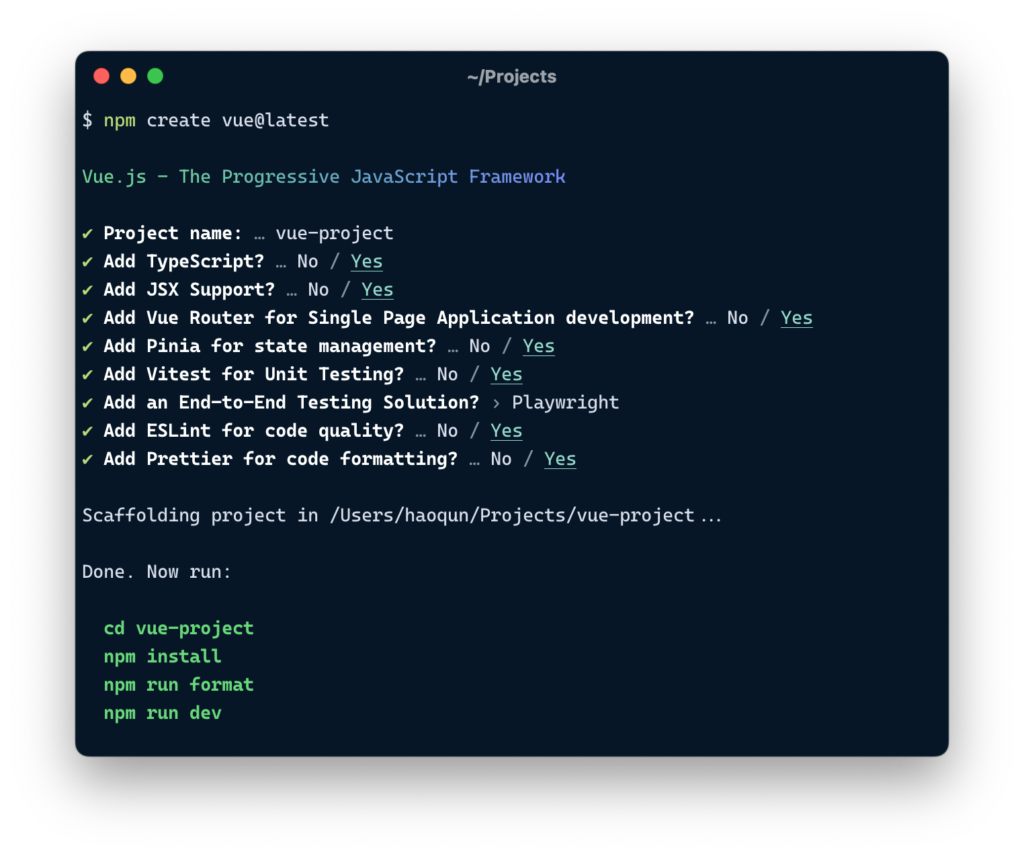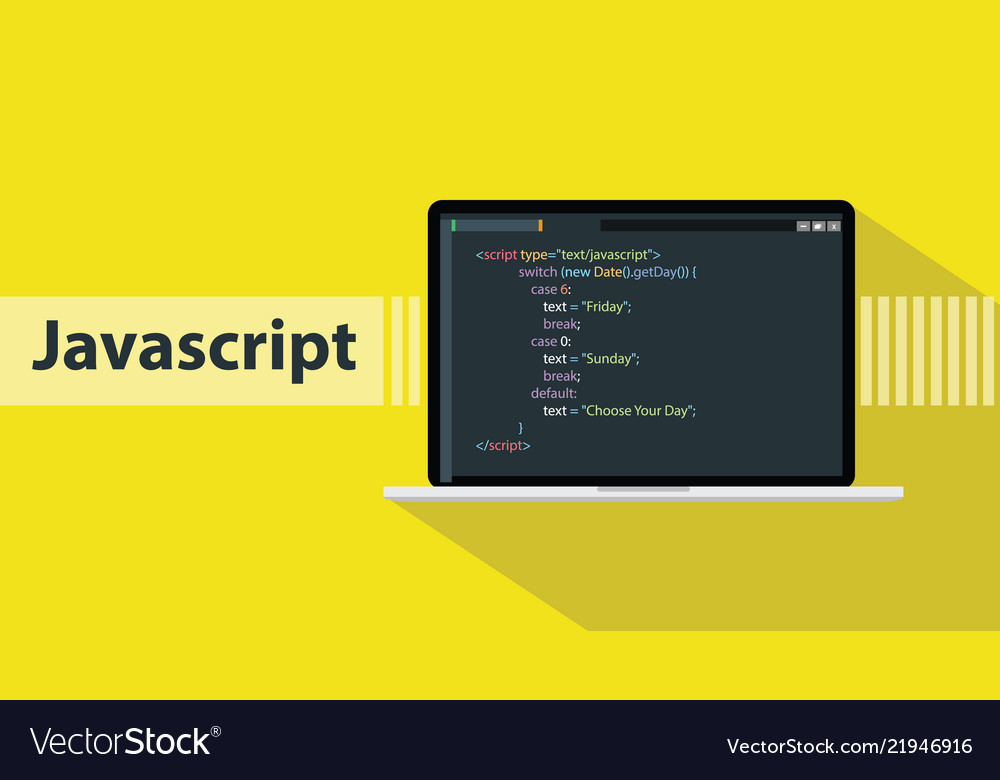The concept of React vs Vue is heavily debated in the JavaScript community. The JavaScript landscape is brimming with front-end frameworks (with a new one launching seemingly every week), each vying for the top spot in a developer’s think tank. Two of the most prominent contenders are React and Vue.js, both boasting passionate communities and impressive capabilities. But with so much overlap, how do you decide which framework to champion for your next project?
This article creates a comparison of React and Vue, exploring their core functionalities, strengths, weaknesses, and code examples to help decide on the tool you should use.
Philosophical Foundations: Library vs. Framework
A fundamental distinction lies in their core philosophies. React positions itself as a library, focusing on component-based UI rendering. It expects developers to integrate additional libraries for state management, routing, and other functionalities. This flexibility empowers developers with granular control but this could provide a steeper learning curve.
Vue, on the other hand, takes a more comprehensive approach as a framework. It provides a core library along with built-in features for data binding, routing, and state management. This streamlined approach lowers the entry barrier for beginners but might feel restrictive for experienced developers seeking maximum customization.
In both cases, it is pretty likely that if you are able to pick up and learn one of these technologies, you should be able to learn the other relatively easily. I can say from experience, the switch has a bit of a learning curve, but is much easier than going from 0 to 1 learning either of these individually.
Code Example: Setting Up a Project (React vs Vue)
React (using Create React App):
Bash
npx create-react-app my-app
cd my-app
npm start
Vue (using Vue CLI):
Bash

Component-Based Architecture: Building Blocks of UIs
Both React and Vue have a component-based architecture, where complex UIs are constructed by assembling reusable components. Each component manages its own state and logic, promoting maintainability and code reusability. Again, this assists in the case you ever need to context switch from one technology to the other as they feel pretty similar in practice.
Code Example: Building a Counter Component (React vs Vue)
React:
JavaScript
function Counter() {
const [count, setCount] = useState(0);
return (
<div>
<p>You clicked {count} times</p>
<button onClick={() => setCount(count + 1)}>Click me</button>
</div>
);
}
Vue:
HTML
<template>
<div>
<p>You clicked {{ count }} times</p>
<button @click="count++">Click me</button>
</div>
</template>
<script>
export default {
setup() {
const count = ref(0);
return {
count,
};
},
};
</script>
While both examples do the same thing, React uses JSX syntax (a JavaScript extension for writing HTML-like structures) for components, while Vue separates concerns with dedicated HTML templates and a JavaScript file for logic.
Data Binding: Keeping Your UI in Sync
A critical aspect of building dynamic UIs is data binding, the mechanism that keeps the UI updated as the underlying data changes.
React has a unidirectional data flow. Changes originate from the state or props (properties passed down from parent components) and propagate down the component tree, ensuring predictability and avoiding unintended side effects.
Vue utilizes a two-way data binding system by default, making it intuitive for beginners. However, it also offers options for unidirectional data flow for complex applications.
Code Example: Two-way Data Binding (Vue)
HTML
<template>
<input v-model="message" />
<p>Your message: {{ message }}</p>
</template>
<script>
export default {
setup() {
const message = ref('');
return {
message,
};
},
};
</script>
In this example, the v-model directive effortlessly binds the input field’s value to the message data property, keeping the UI and data synchronized.
Learning Curve and Community Support
React has a steeper learning curve due to its reliance on JSX and a higher dependence on third-party libraries. However, it boasts a much larger and active community that readily provides solutions and best practices.
Vue offers a gentler learning curve with its intuitive template syntax and built-in features. Its community, while not as extensive as React’s, is passionate and rapidly growing. I have very seldom heard of an engineer going from React to Vue and then making a return to React. The separation of concerns with the template syntax is something you grow to appreciate.
The choice between React and Vue depends heavily on your team’s experience and project requirements. If you have a team comfortable with JavaScript and ready to embrace a flexible library, React might be a great fit. For projects that prioritize a quicker setup and a more approachable framework, Vue could be the ideal technology to use.
Now, get out there and code something amazing!
P.S. Thanks for reading, please continue checking out our content at https://www.developerheroics.com




